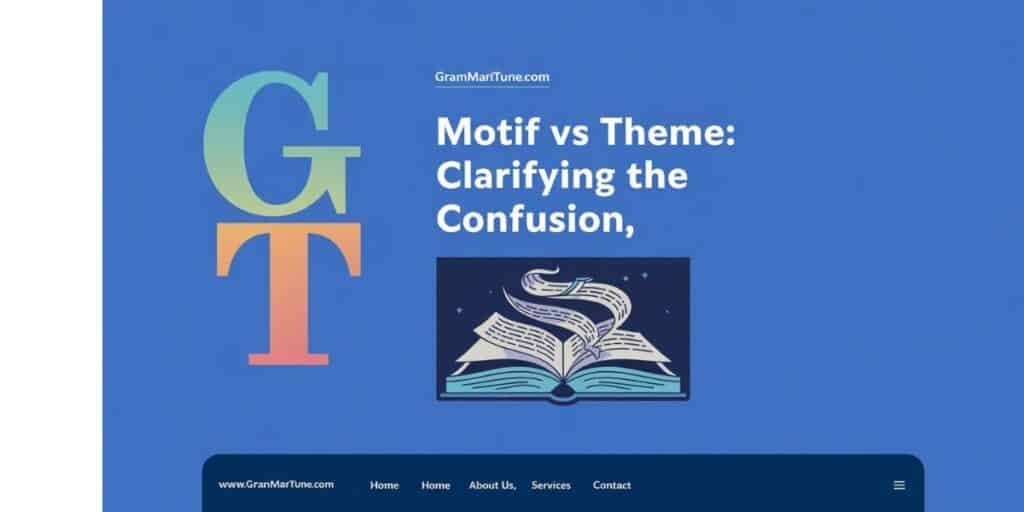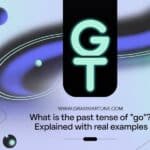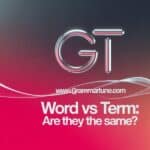Motif vs Theme: Clearing the Confusion-these two literary concepts usually trip even the most seasoned readers. Though they work closely together, they may serve very different purposes in a story.
A theme is the central message or underlying idea, while a motif is a recurring symbol, image, or element that supports and emphasizes that theme. Understanding both helps to gain access to deeper meanings in literature.
This guide will dissect the distinctions and consider how the two work in concert to put to rest all the issues about motif and theme once and for all.
✨ Understanding the Basics
- 📌 What is a Motif?
- 🎨 Types of Motifs
- 📖 What is a Theme?
- 🧩 Types of Themes
- 🔍 Motif vs Theme: The Differences
- 🧠 Key Differentiators
🕰️ Origins, Context & Examples
- 🗿 Origins of Motif and Theme
- 🧵 Origins of Motif
- 📚 Origins of Theme
- 💡 Understanding Motifs
- 🌀 Understanding Themes
- 🧬 Motif vs Theme: Key Differences
- 📅 Historical Context of Motif and Theme
- 🌍 Cultural Significance
- 🧾 Examples of Motifs and Themes in Literature
- 🔁 Examples of Motifs
- 🧭 Examples of Themes
What is a Motif?
A motif is a recurring element in a story and could be a symbol, an idea, or a phrase. It is primarily employed in underpinning the theme.
Writers use motifs to guide the reader’s attention. They subtly hint at deeper meanings. Think of it as a thread woven throughout the plot.
Must read: What’s the Plural of Syllabus? Syllabuses or Syllabi?
Types of Motifs
Motifs come in many forms—visuals, sounds, words, or even actions. A ticking clock, for example, can signal urgency. A repeated color might symbolize emotion.
Some motifs are universal, like light and dark. Others are specific to a story’s culture or genre. Each one strengthens the narrative.
What is a Theme?
A theme is the central idea or message behind a story. It’s what the author wants you to take away. Unlike plot, it’s abstract.
Themes explore human nature, society, or morality. They answer big questions—like what’s right, what’s love, or what’s freedom. That’s what makes them powerful.
Types of Themes
Common themes include love, betrayal, justice, and identity. Each story handles them differently. But they all dive into meaningful ideas.
Some stories mix multiple themes. For instance, love and war often go hand-in-hand. That complexity gives stories their emotional weight.
Motif vs Theme: The Differences
A motif is a tool, while a theme is the message. Motifs build and reinforce themes over time. They work together but aren’t the same.
A single theme may be supported by many motifs. Motifs are tangible. Themes are more conceptual and interpretive.
Key Differentiators:
Motifs are repeated patterns or details. Themes are the big-picture ideas. That’s the clearest distinction.
Another key? Motifs can often be seen or heard. Themes are felt or understood. Both are crucial, but they play different roles.
Origins of Motif and Theme
Both motif and theme come from deep literary traditions. They’ve been used in storytelling for thousands of years. Ancient myths are full of them.
They evolved through oral storytelling, religion, and theater. As stories developed, so did these narrative tools. Now, they’re vital to modern literature.
You will like: Understanding How “Run” Changes in the Past and Past Participle
Origins of Motif
The word motif comes from the French for “pattern.” Early art and music used it too. In stories, it grew into a symbolic device.
In mythology and fables, recurring symbols shaped meaning. The snake, for instance, appeared as danger or temptation. That’s how motifs gained depth.
Origins of Theme
Theme has roots in Greek drama and philosophy. Think Aristotle and his ideas about moral messages in plays. Writers have always explored life’s big questions.
As literature expanded, so did its messages. Over time, themes became central to how we interpret stories. They reflect timeless human truths.
Understanding Motifs
To really grasp a motif, pay attention to what repeats. It could be a phrase, an image, or a situation. That repetition carries weight.
Writers use motifs to give subtle clues. They’re never random. Every time they show up, they add new meaning.
Types of Motifs
Visual motifs use images—like mirrors or clocks. Auditory ones might be sounds or music. There are symbolic and thematic motifs too.
Even actions can be motifs. A character always looking out a window may suggest longing. These patterns shape the story quietly.
Understanding Themes
A theme isn’t always obvious at first. It reveals itself slowly through conflict and choices. You’ll feel it in the story’s resolution.
Writers use characters, setting, and plot to express themes. They pose questions through their stories—and leave us with answers to consider.
Types of Themes
There are universal themes, like love conquers all. There are also cultural ones, like individualism vs tradition. Each adds a unique flavor.
Some themes are timeless. Others shift with society. But all help us connect to stories on a deeper level.
Motif vs Theme: Key Differences
A motif shows up again and again. A theme stays constant in the background. You can spot the motif—but you feel the theme.
Think of motifs as clues. They guide you toward the theme. Together, they create emotional depth and meaning.
Key Differentiators
Motifs are the “what you see.” Themes are “what it means.” That’s the biggest difference.
Motifs are literal. Themes are abstract. One repeats; the other resonates.
Historical Context of Motif and Theme
Storytellers have always used motifs and themes. From cave paintings to epic poems, they were central to communication.
Over centuries, their use evolved. But the purpose stayed the same—make stories meaningful, memorable, and human.
Cultural Significance
Different cultures use motifs and themes to reflect their values. Eastern stories might use nature motifs. Western tales may favor heroic themes.
These choices shape the tone and message of a story. They reveal what a society cherishes or questions.
Examples of Motifs and Themes in Literature
Classic books are full of motifs and themes. Each helps unlock the author’s purpose. When paired, they create layered meaning.
You’ll find them in every genre—from fairy tales to science fiction. Knowing how to spot them makes reading richer.
Examples of Motifs:
In The Great Gatsby, the green light is a motif for longing. In Macbeth, blood represents guilt. Repetition drives these ideas home.
Harry Potter uses the scar and the lightning bolt as motifs. They symbolize fate, pain, and identity.
Examples of Themes:
He In To Kill a Mockingbird, the main theme is justice versus prejudice. In 1984, it was freedom versus constraint.
In novels such as The Catcher in the Rye, the themes of alienation and identity come into play. Leaving an imprint on one’s brain.
You will like: Igniter or Ignitor: Which Spelling Should You Choose?
FAQ’S
What’s the main difference between a motif and a theme?
A motif is a recurring symbol or idea that supports the theme, while the theme is the story’s central message or meaning. Think of the motif as a clue that helps reveal the theme.
Can a story have multiple motifs and themes?
Absolutely. Most rich stories use several motifs to reinforce one or more themes. The more layered the story, the more connections you’ll find.
Do all motifs have to be visual symbols?
Nope. Motifs can be anything that repeats meaningfully—words, actions, settings, even sounds. As long as it circles back to the theme, it counts.
Is a theme always stated clearly in the story?
Not always. Themes are often implied. You discover them by watching how characters act, how conflicts unfold, and how the story ends.
Why are motifs and themes important in literature?
They give stories emotional and symbolic depth. Themes deliver the message. Motifs help readers pick up on that message without being told outright.
Conclusion
In literature, Motif vs Theme: Clarifying the Confusion comes down to understanding how they work together. A motif is the repeated element that points to a deeper meaning, while a theme is that deeper meaning itself.
One shows up again and again; the other stays beneath the surface, guiding the story’s message. Recognizing both not only enhances how you read, but also how you interpret any narrative. Once you spot the difference, you’ll see stories in a whole new light—with greater depth and clarity.

Joulia, a seasoned wordsmith and grammar enthusiast, brings over a decade of blogging expertise to Grammar Tune. With a keen eye for linguistic precision and a passion for making complex grammar concepts accessible, he has helped thousands of readers enhance their writing skills. His engaging teaching style and practical approach to language learning have made him a trusted voice in the online grammar community.







